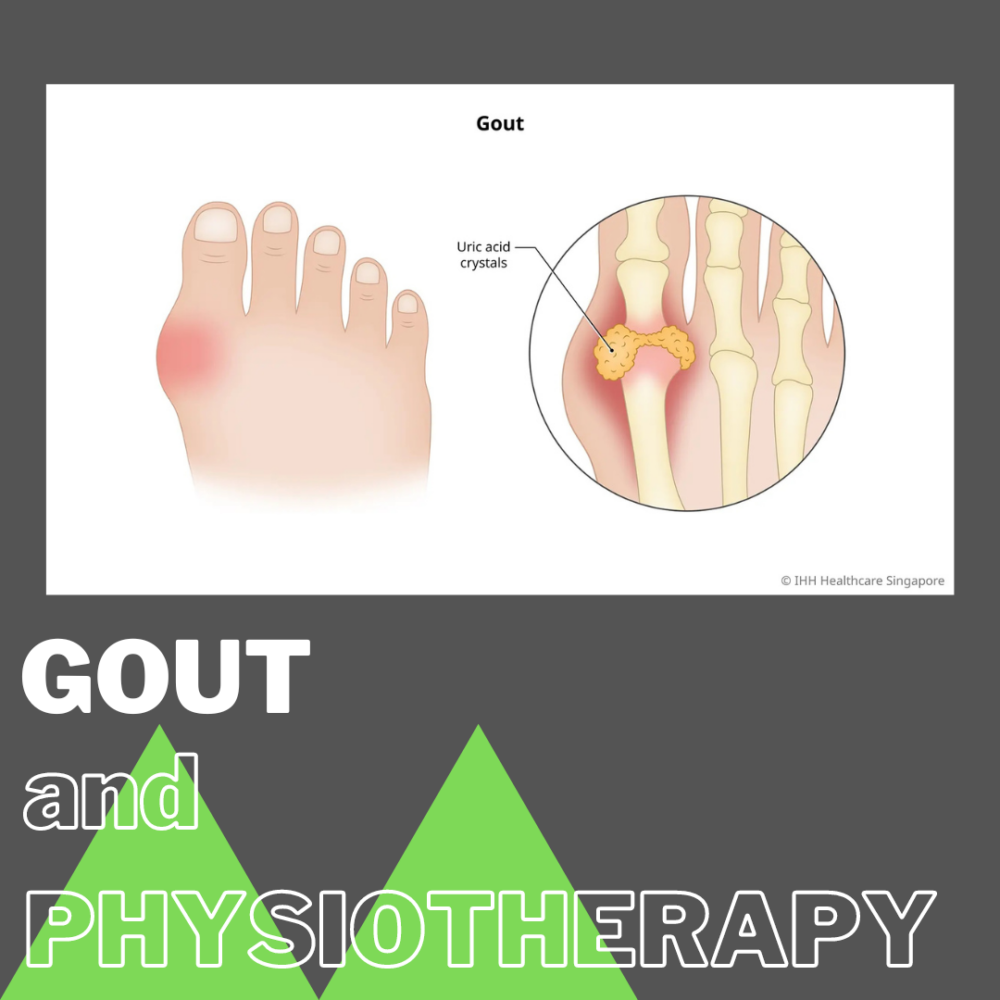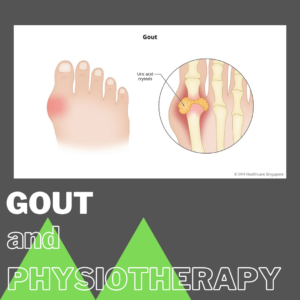
WHAT IS GOUT?
-
A long term condition that can flare-up as severe inflammatory arthritis
-
It is a disorder of metabolism that causes uric acid (a waste product in blood which is also known as urate) to increase in the blood
-
Increased uric acid settles in the joints and can cause pain and inflammation
-
-
Risk factors
-
Genetics, older age, male gender, some medications, increased alcohol consumption, increased red meat intake
-
-
Signs and Symptoms
-
Pain during severe flare ups peaks at 24hrs and settles over 7 to 14 days
-
Swelling, redness, tenderness and warmth around joints
-
Most common site affected is the big toe, but also commonly impacts the ankle, knee, wrist and fingers
-
Limited joint motion and irregular shape of joint
-
-
What to do:
-
Three goals of treatment
-
Stop severe attacks
-
Prevent reappearance of symptoms
-
Avoid joint damage
-
-
Anti-inflammatory medication from your GP or pharmacist to reduce joint inflammation
-
Medication from your GP to lower urate levels in the body and help slow the formation of urate
Physiotherapy management
-
Stop severe flare ups: aim to reduce symptoms by lessening movement of the sore joint and protects the joint to prevent further pain
-
Long term management: aim is to maintain range of motion and joint mobility, as well as increasing strength and function of the muscles near the joint
-
Your physiotherapist will help develop an exercise program for you to complete regularly to help improve your joint function!
-
-
